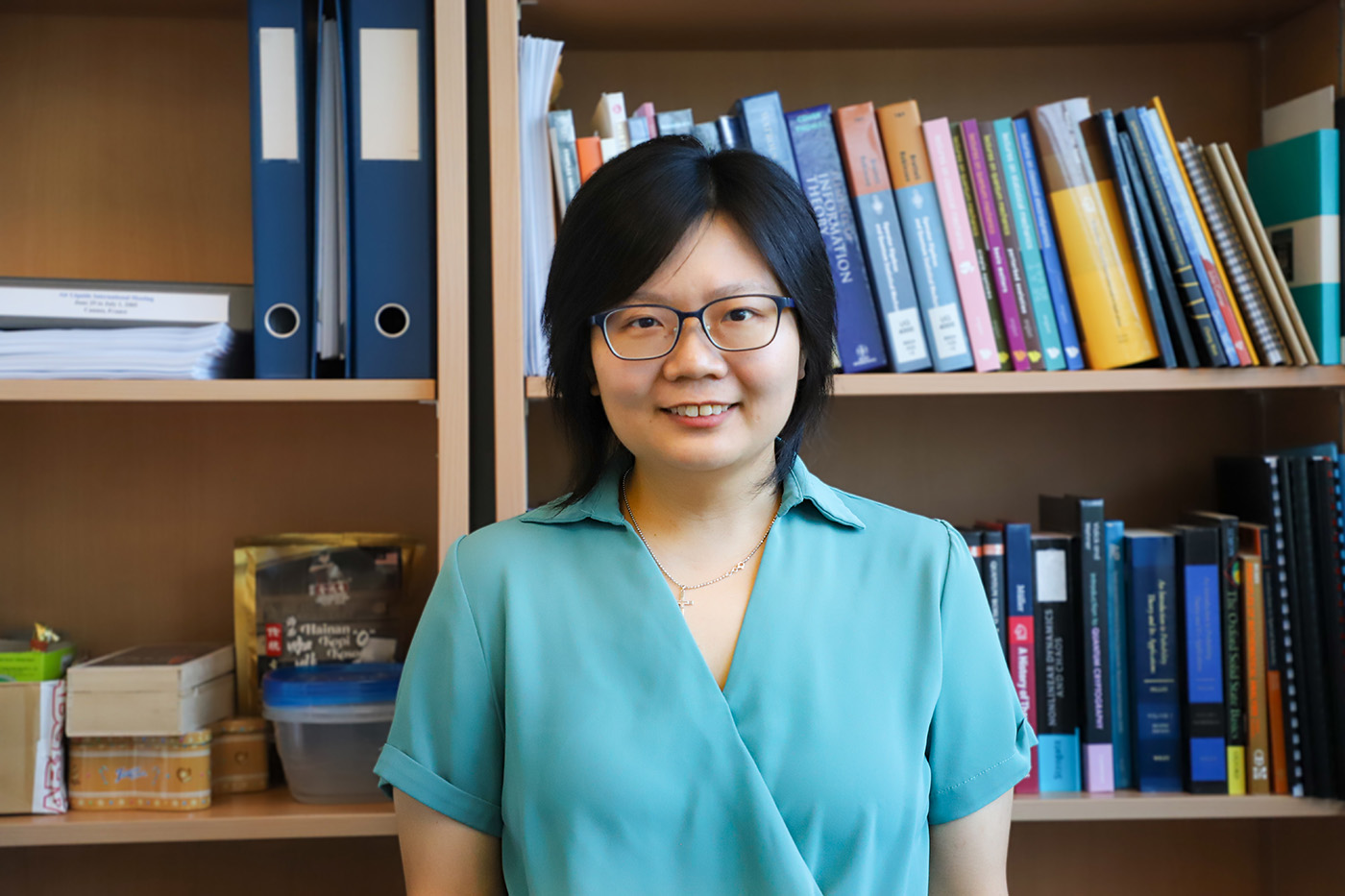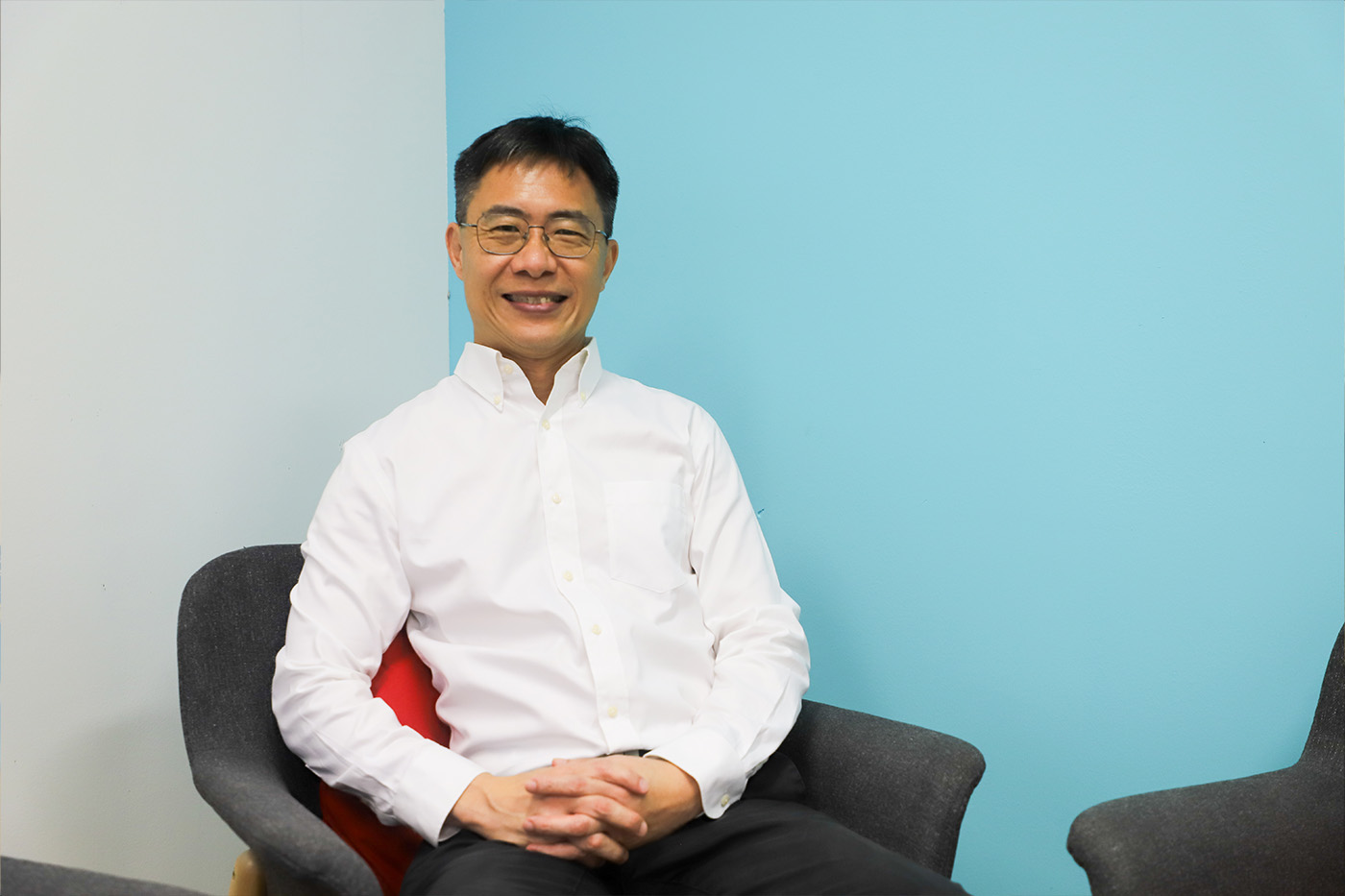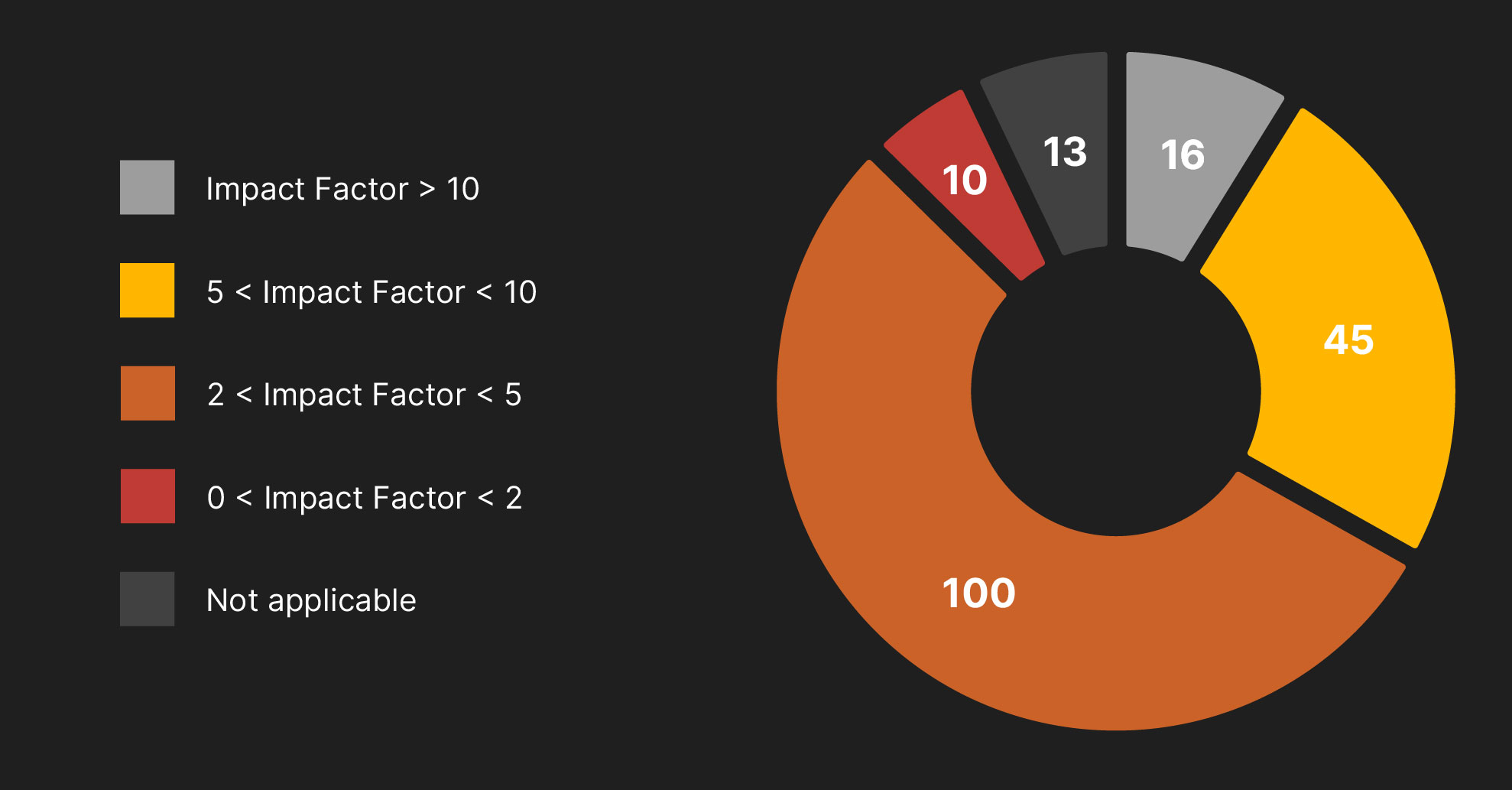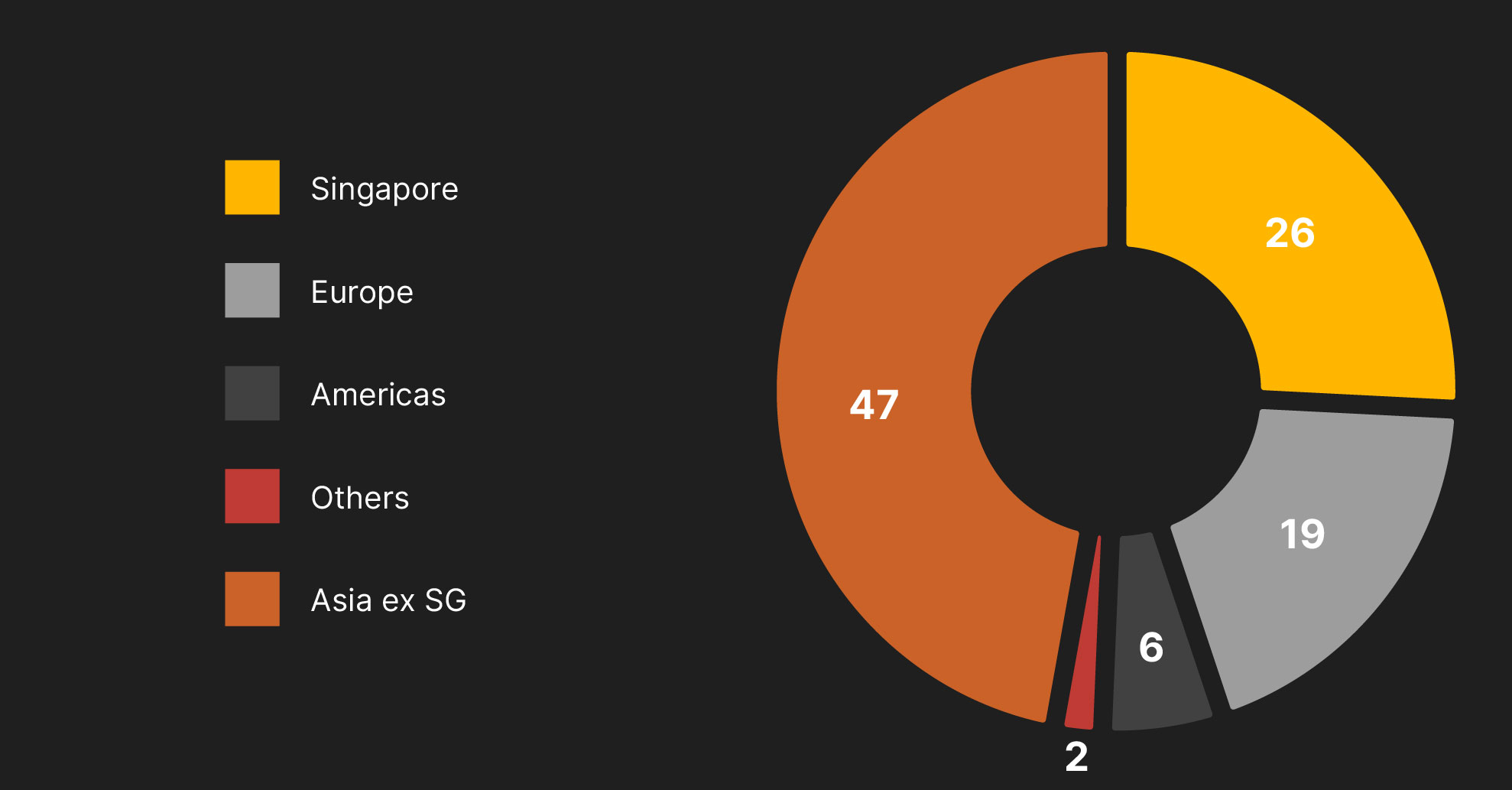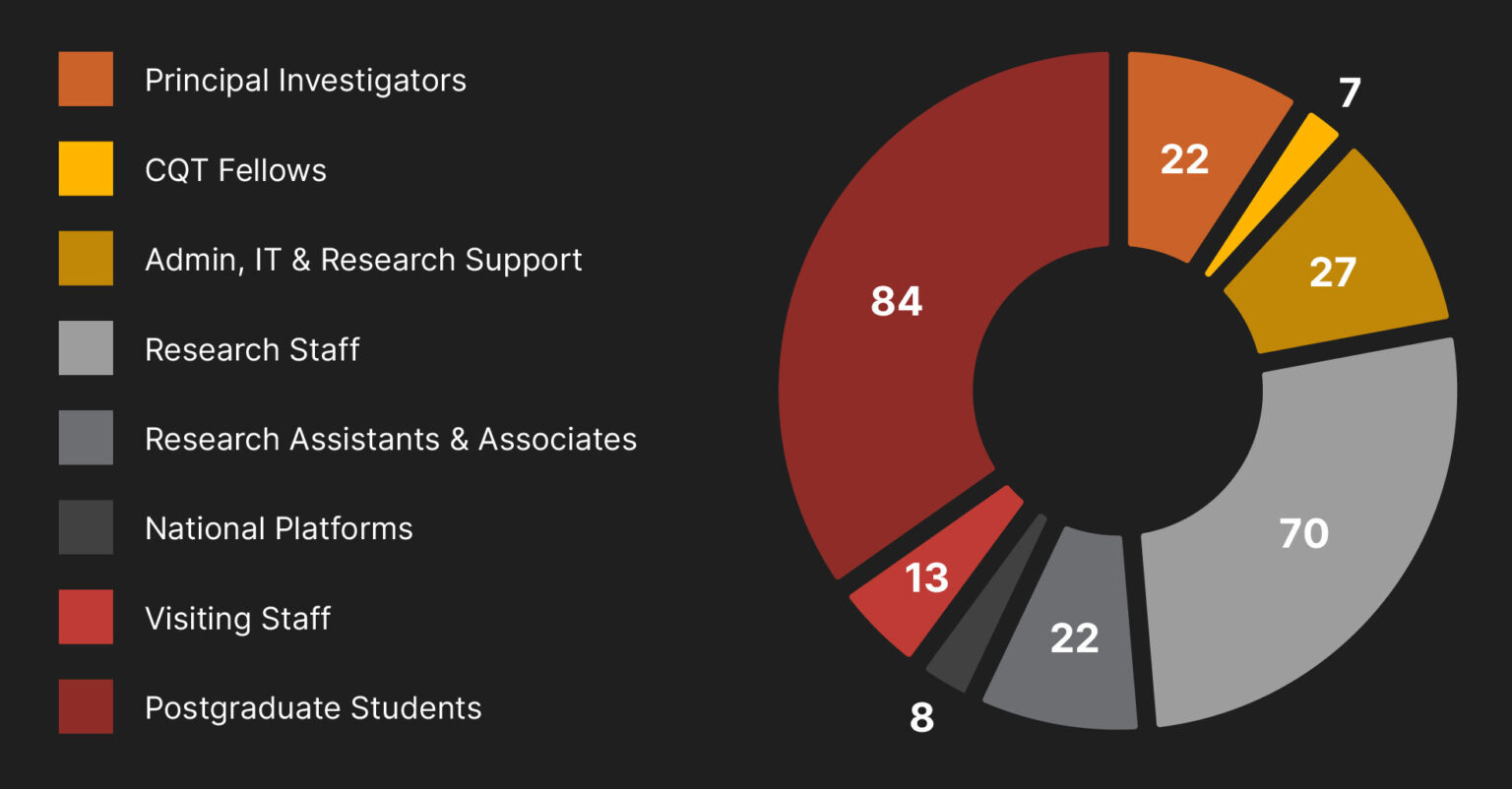Meet a CQTian: Young-Wook Cho
CQT Fellow Young-Wook’s love for quantum optics began when he was an intern at university
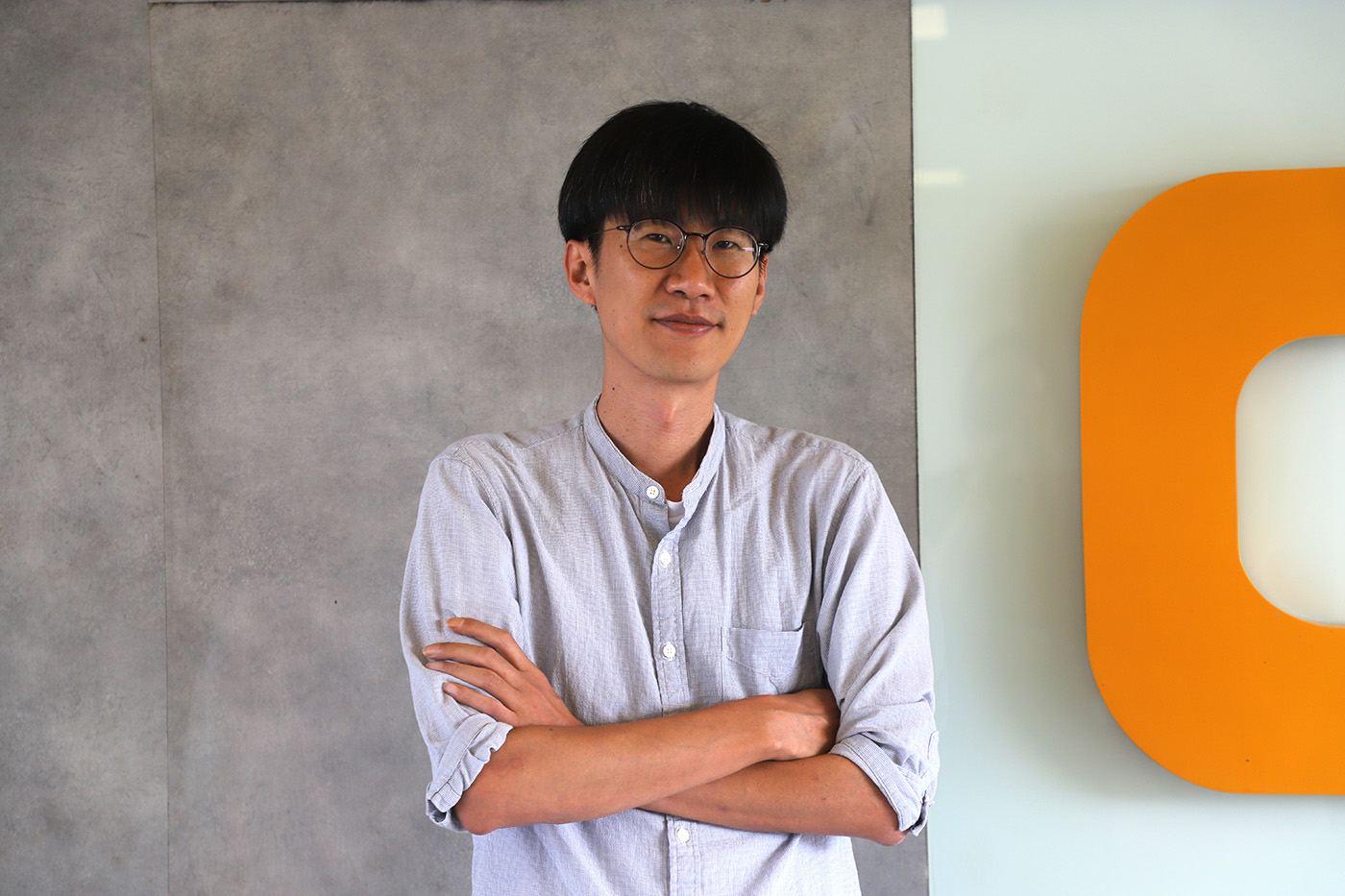
Young-Wook is a Senior Scientist at A*STAR’s Institute of Materials Research and Engineering and leads the sensing and metrology pillar at A*STAR’s Quantum Innovation Centre.
How did you get interested in quantum?
In South Korea, like in Singapore, males have military duty. I did alternative service as my military duty where I mostly worked in a small company whose business area was fibre optic components. That was when I became interested and familiar with optics.
When I went to university after completing my military duty, I looked for research internship opportunities in this area. But opportunities were limited and there were only two professors working on optics – one was doing applied optics, another was doing quantum optics.
I didn’t know anything about quantum at that time but thought it sounded cool. I joined the group as an intern and was tasked with using lithium niobate crystals for second harmonic generation. I enjoyed the experiments with optics. Since the lab was focused on fundamental quantum physics and information using photons, I started to fall in love with quantum information too.
What was your path to CQT?
I did my PhD in POSTECH in Korea. At that time, I studied magneto-optical traps for entangled photon sources. Next, I moved to Australia as a postdoc to join the group of Ping Koy Lam. He was then based at the Australian National University. He is now in Singapore as A*STAR’s Chief Quantum Scientist and a CQT Principal Investigator. Following several years of research in Korea, including at KIST (Korea Institute of Science and Technology), a government-funded research institute, I began looking for new opportunities. That’s when I learned that Ping Koy was establishing a major new quantum centre in Singapore, which led me to join A*STAR. CQT is a world-renowned quantum research centre, which I have known since I was a PhD student, so I’m honoured to join as a CQT Fellow.
What are you looking forward to in CQT?
I’m looking forward to more opportunities to collaborate with researchers and PhD students. A*STAR is a research institute largely driven by staff scientists. Through CQT, I will enjoy interacting with more PhD students. I think that students are very motivated.
What is your current research about?
I would say I’m first and foremost a quantum optics guy, but I have expanded the research areas I’m working on.
One of my main research directions is making photon pair sources using 2D materials. Traditionally, we use bulk crystals to generate entangled photons and use them for quantum information or foundation studies. Nowadays, there is more focus on applications where miniaturisation of the entangled photon source is a prerequisite.
I believe that developing quantum light sources using 2D materials is a promising research field from a practical perspective.
Another research area is quantum memory. This used to be my main research topic and I studied it for many years. We used cold atoms or atomic vapour cells. These systems are difficult to miniaturise, so now we’re looking at how to use solid state crystals for quantum memory. I don’t have a solid-state physics background but I enjoy collaborating with my colleagues who have expertise in the area.
I welcome new members to join my group!
You are a Pillar Director at A*STAR’s Quantum Innovation Centre (Q.InC). Can you say more about your role there?
Q.InC, led by Ping Koy, has four pillars – quantum software and algorithms, sensing and metrology, photonic components, and materials and devices. I lead the sensing and metrology pillar where we work on different physics platforms for sensing applications. My role is managing and coordination. This includes facilitating collaboration between scientists. We have many researchers with strong expertise, who we coordinate to do more mission-driven research.
What do you enjoy about your work?
The main reason why I really like my job is that I’m earning money doing something that I like. I also enjoy when I see our junior members enjoying their experiments and research work. The topics and outcomes may look straightforward, and they work on a specific task, not a big goal, but personal satisfaction is important.
What is difficult?
This is tricky. To be honest, managing people is difficult and it takes time from research and discussing science. You need to find a good balance. At the same time, I enjoy the coordination work to make our workplace and research better for everyone’s sake.
How do you find working in Singapore?
It has been about two years now. Daily life is comfortable and similar to living in Seoul. Public transportation is also convenient. It’s hot like Seoul’s summer except when it rains.
What do you do outside of work?
I enjoy travelling and short trips. Singapore is a nice and convenient place to visit other countries since it is very central. When I lived in South Korea, the nearer countries are Japan and China since we can’t go to North Korea. When I first came to Singapore, it was a very great experience to cross the border to Malaysia.
Related Stories
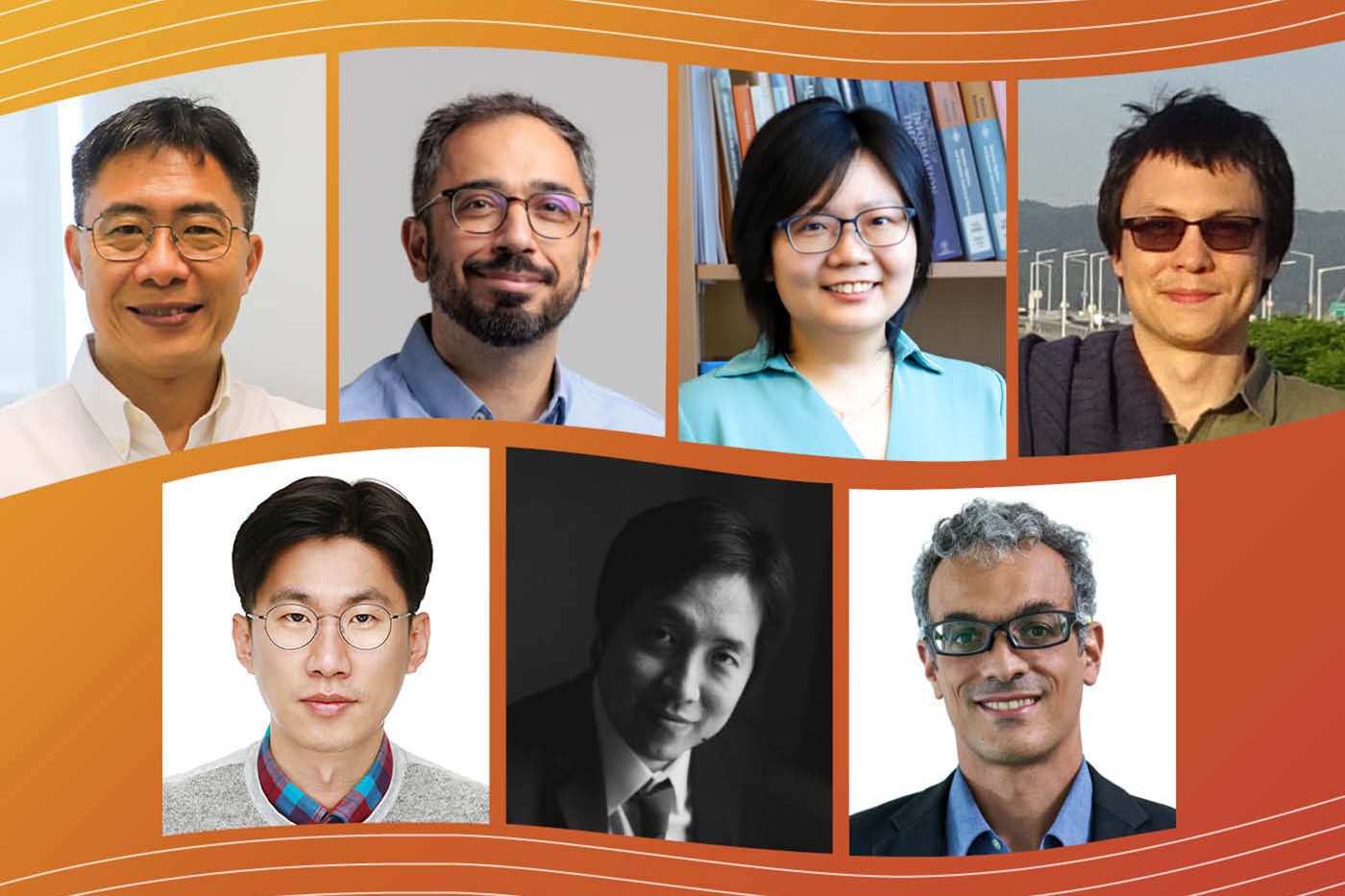
21 May 2025
CQT expands national footprint with new appointments
The Centre welcomes five new research groups and enhances support for two existing group leaders
